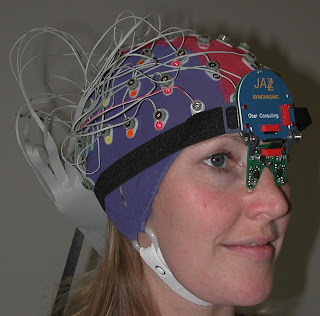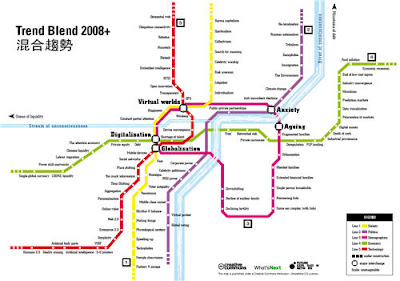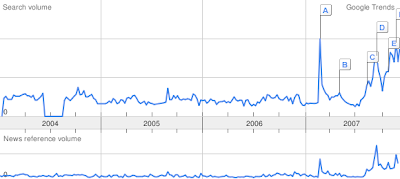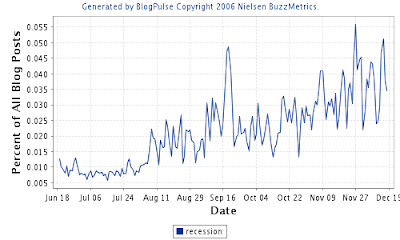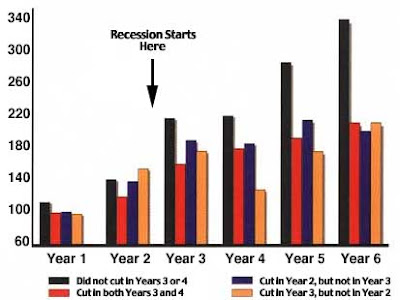
Deep under the layers of acquired historical meanings lies an often overlooked core of the economic theory that describes production of goods under public ownership, their free exchange, and their free consumption by all members of the society according to their needs.
This economic theory is communism, and the idea that Chris Anderson outlines in the latest Wired cover story and in his upcoming book is strikingly similar.
It is already remarkable how much vocabulary is shared between “socialism” and “social media”. One definition of socialism refers to a system under which “community members own all property, resources, and the means of production, and control the distribution of goods” (source), which also captures the spirit of economic relationships in most of the current social media environments. In his most recent book, The Long Tail, Anderson pays a fair amount of attention to those relationships, which are largely non-monetary in nature.
Anderson’s current argument is that under the rapid pace of modern technological progress, marginal production and distribution costs are trending towards zero (hence the article’s title “Free! Why $0.00 Is the Future of Business”) and so are the prices of goods and services.
The Wired article discusses those goods whose production and distribution is based on the rapidly cheapening web infrastructure, but in an earlier speech at last year’s Nokia World Anderson also touched upon an entirely different class of goods — the stuff you can touch, smell and sit on — and how 3D printing will drive the marginal costs of making the “real” merchandise also to zero (it’s around the 15th minute into the speech; Real Player).
(Long-time readers of this blog will remember a few thoughts on the role of advertising in the era of mass 3D printing.)
Anderson aptly called this new paradigm “freeconomics“, which, I guess, means the economics of communism without the political terror that accompanied nominally communist — but, in fact, barely socialist — regimes in the last century.
There are at least two answers to the question whether and how communism is compatible with capitalism. Marx would say that communism is the next logical step in civilization’s development that would replace capitalism (Marx would also add “violently”).
Much closer to Anderson’s are the ideas of Howard Sherman, a radical American economist who in conclusion to his 1969 paper “The Economics of Pure Communism” wrote:
“The economic arguments against communism were examined and found wanting. An economy of 70% or 80% free consumer goods seems possible–with little or no loss in perfotmance–in an easily foreseeable future. A gradual increase of the free goods sector, with careful attention to elasticities of demand, should make it possible to maintain equilibrium of supply and demand for all products, assuming present rates of productivity increase in the USA or USSR. Second, a gradual increase of free goods combined with continued wages to pay for the remaining priced (luxury) goods should present few new incentive problems. Third, with the use of accounting prices for free goods (derived from optimal programming processes), optimal planning can continue to function as well as under. socialism. Moreover, the planning can be centralized or decentralized as preferred, assuming the accounting prices are given to the managers as parameters. Finally, if economic performance is at least as good as in socialism, most of the arguments in favour of communism are non-economic–but these are beyond the scope of this article.”
Anderson concludes his article with “[…] a generation raised on the free Web is coming of age, and they will find entirely new ways to embrace waste, transforming the world in the process. Because free is what you want — and free, increasingly, is what you’re going to get.”
A quote from the original Manifesto would not be out of place here: “The feudal relations of property became no longer compatible with the already developed productive forces; they became so many fetters. They had to be burst asunder; they were burst asunder.”

The authors of this parody poster are not entirely inaccurate.








